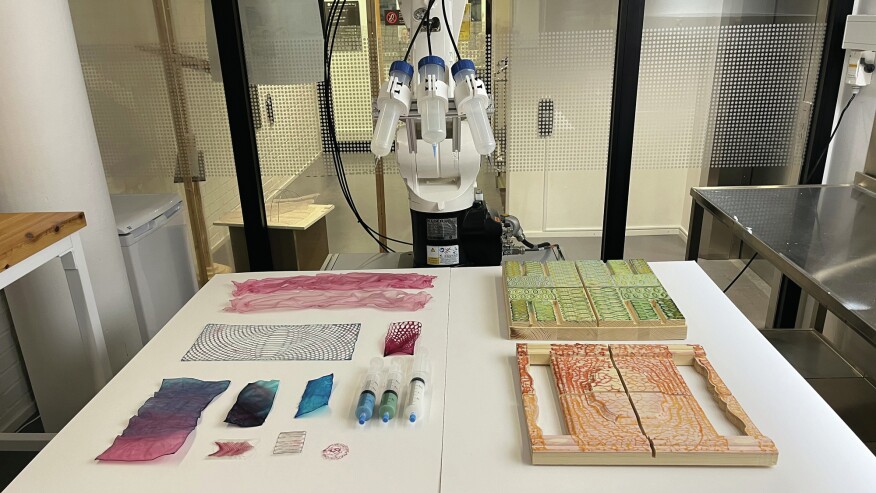Community, Leadership, Experimentation, Diversity, & Education
Pittsburgh Arts, Regional Theatre, New Work, Producing, Copyright, Labor Unions,
New Products, Coping Skills, J-O-Bs...
Theatre industry news, University & School of Drama Announcements, plus occasional course support for
Carnegie Mellon School of Drama Faculty, Staff, Students, and Alumni.
CMU School of Drama
Wednesday, March 27, 2024
Revolutionizing Construction: The Rise of 3D-Printed Nanocellulose
Architect Magazine: 3D printing has been heralded as an environmentally advantageous method to make building products. One benefit is the potential material savings associated with reduced formwork or molds. Another is the energy savings in transportation and other distribution-related activities when products are fabricated on-site.
Subscribe to:
Post Comments (Atom)

2 comments:
I think that the advances in 3d printing is just going to continue getting better and better, especially when it comes to matching the strength of traditional materials as it is. It's also really interesting to see the different approaches scientists are taking to the chosen materials for 3d printing. The use of biological based materials is also super interesting, as, at least in my mind, the 3 main building materials are steel/aluminum, wood, and concrete, while I know this isn't necessarily true, it's still something that causes my mind to be boggled by buildings possibly being built with plants. I realize this post is super rambly, this is partly due to my inexperience with building materials. Nonetheless, I am very excited to see more non plastic based 3d printing as it is really interesting and quite a powerful tool.
I didn’t know what Nanocellulose was when I first opened this, so I didn’t quite know what to expect. (to be honest it kinda sounds like the nano tech that tony stark uses which is pretty cool) That's so cool that they tied into the strong structures from cellulose and biology and are using it for 3D printing practices now! Intersections between different fields can be so cool to learn about. 3D printing is a fascinating new tool/tech that have been used, and its cool that it’s being used in so many fields, from cosplay, to engineering/certain sciences to the arts and in theater. There have been some interesting discussions in 33 about 3D printing and it’s uses in theater and the different departments within it. It's interesting learning about the pros and cons, and all of the creative things that you can do with it, and what it might evolve to become as a tool in the future (for example I recently learned that you can 3D print metal!).
Post a Comment